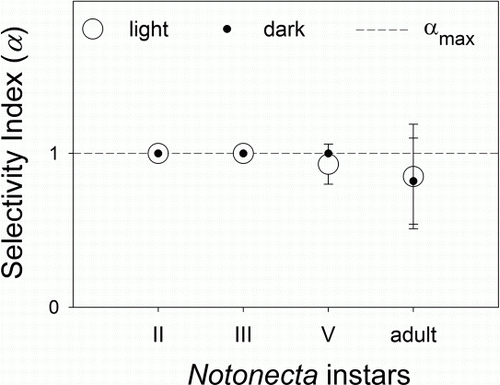Figures & data
Figure 1 Map of the study area (Nahuel Huapi National Park, Patagonia, Argentina). Numbers refer to pond location: 1, Llao-Llao; 2, Fantasma; 3, Virgen de las Nieves; 4, Pinar de Festa; 5, Teleférico; 6, Mallín Ñireco; Ñireco 1 and 2; 7, Los Patos and Verde; 8, Refugio de Jesús; 9, Bernal 1 to 6; 10, Ñirihuau 1 to 4.
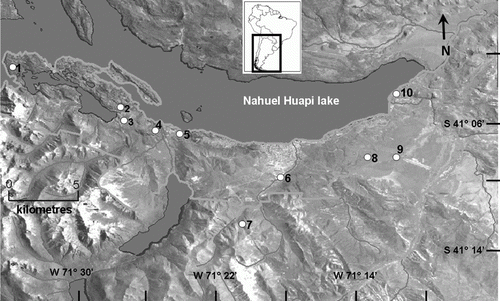
Table 1 Environmental features of 21 shallow fishless ponds inside Nahuel Huapi National Park (NHNP, Patagonia, Argentina).
Figure 2 Plot of Axis 1 and 2 of the Canonical Correspondence Analysis applied to study the effects of environmental variables on the distribution of notonectid species in 21 ponds inside the Nahuel Huapi National Park (Patagonia, Argentina). Environmental variables are indicated by arrows. Numbers and black triangles refer to ponds: 1, Llao-Llao; 2, Fantasma; 3, Virgen de las Nieves; 4, Pinar de Festa; 5, Teleférico; 6, Mallín Ñireco; Ñireco 1 and 2; 7, Los Patos and Verde; 8, Refugio de Jesús; 9, Bernal 1 to 6; 10, Ñirihuau 1 to 4. Grey triangles indicate notonectid species.
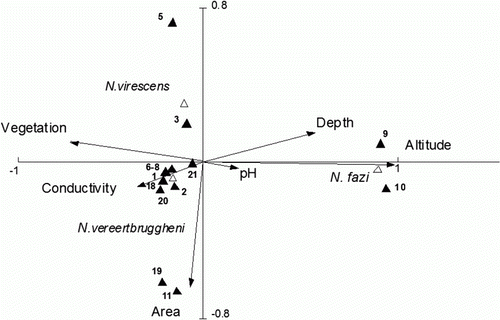
Table 2 Results of the Canonical Correspondence Analysis (CCA) performed to study the distribution of notonectids in ponds belonging to Nahuel Huapi National Park.
Figure 3 Seasonal abundance of Notonecta vereertbruggheni in Fantasma pond during 2008. The bars indicate density (mean±1SEM; ind/m3) of N. vereertbruggheni. Maximum body length of the different instars of Notonecta: I = 2 mm, II = 3.9 mm, III = 5.4 mm, IV = 8.9 mm, V = 9.8 mm, adult = 14 mm.
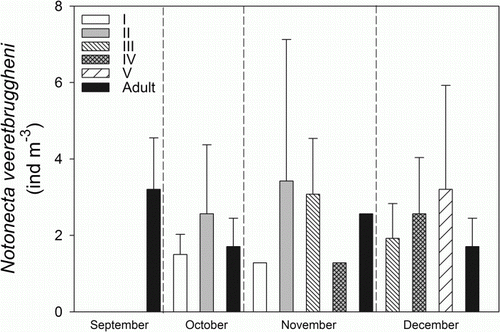
Figure 4 Ingestion rate (IR) (mean±1SEM; prey/pred./h) of different developmental stages of Notonecta vereertbruggheni on: a, the calanoid copepod Parabroteas sarsi and b, newly hatched tadpoles of Pleurodema thaul. IRs were calculated from laboratory feeding experiments in light and dark treatments.
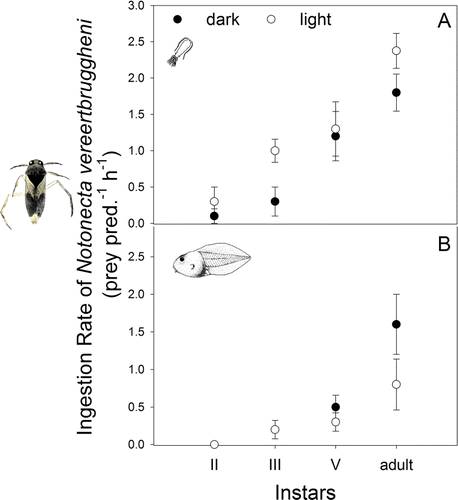
Figure 5 Selectivity index (α) of Notonecta vereertbruggheni on Parabroteas sarsi calculated from mixed prey experiments exposing P. sarsi and newly hatched tadpoles of Pleurodema thaul, in light and dark treatments (mean±1SEM). The dashed line indicates maximum α (α=1). Values close to 1 indicate total preference for P. sarsi.
